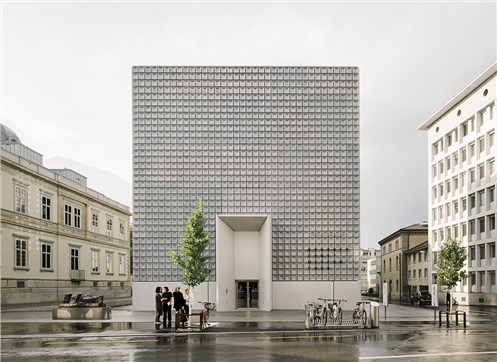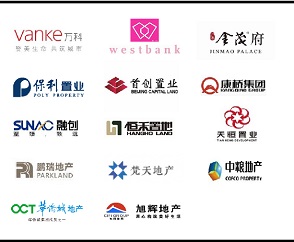Fabrizio Barozzi&Alberto Veiga:瑞士库尔宾登美术馆设计
The extension of the Villa Planta, which will accommodate the Bündner Kunstmuseum, is an exercise of integration within an urban ensemble. Despite the stringent limitations of the plot, the design strives to minimize its exterior volume by inverting the program’s logical order. Hence, a new public space is generated that incorporates the garden that surrounds the Villa and is integrated with the gardens of the nearby buildings.
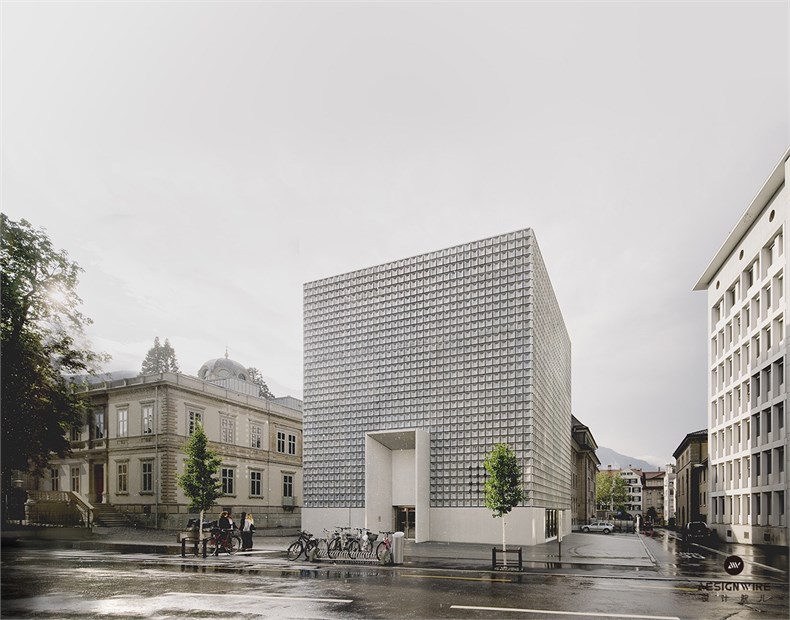
该项目是Planta别墅的扩建项目,是一次对城市整体融合性的一次尝试。尽管该项目面临着严格的限制条件,建筑师试图颠覆该美术馆的逻辑序列,从而减少其外在体量。别墅与附近建筑周边的花园通过整合形成新的公共空间。功能布局方面,别出心裁地将展览空间置于地面以下,使得街道之上的体量仅仅作为公共空间。减少的外体积使得现有花园的延伸成为可能,两栋建筑构成的整体也显得更加和谐。
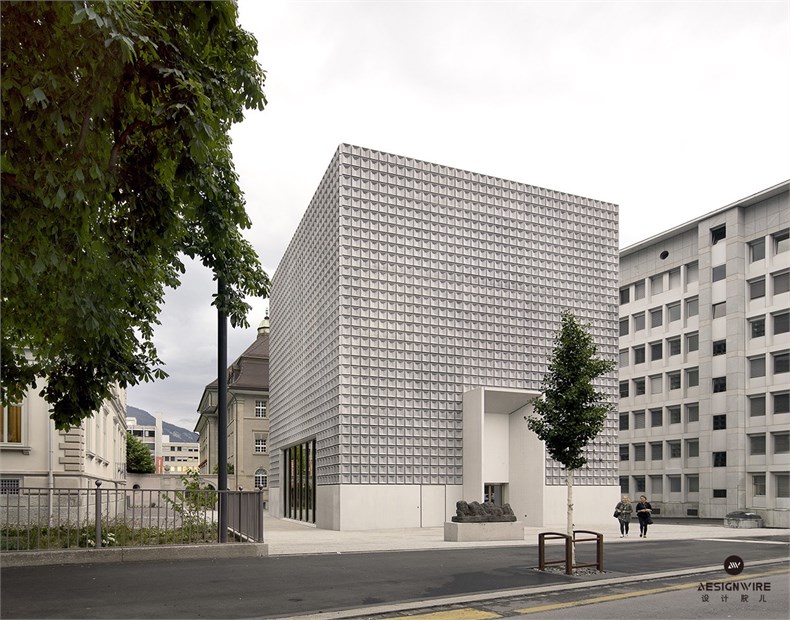
This programmatic reversal consists of situating the exhibition spaces below ground level, in such a way that the emerging volume, above street level, contains only the public access spaces. The volume’s reduced footprint makes it possible to extend the existing garden and improves the cohesion of the ensemble.
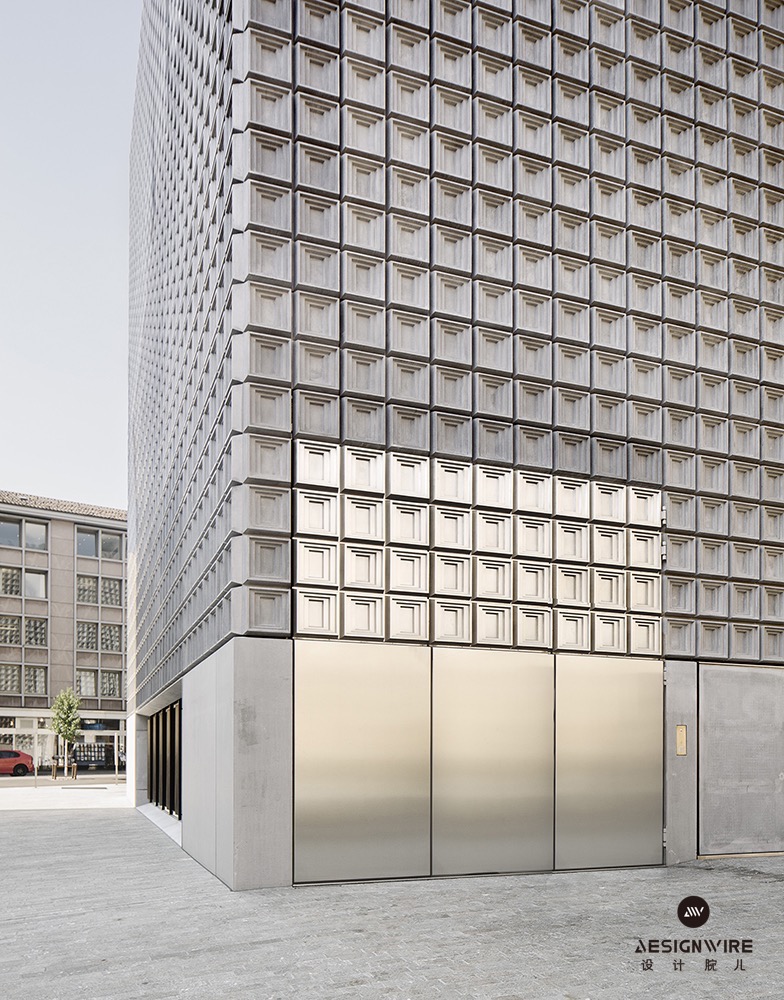
The extension is understood as an autonomous building, independent from the historicalbuilding, even though the design’s main e orts are aimed at reinterpreting those conceptsthat allow an architectural dialogue to be established between the two buildings in a clear and coherent relationship that is a continuum between the Villa Planta and its extension.
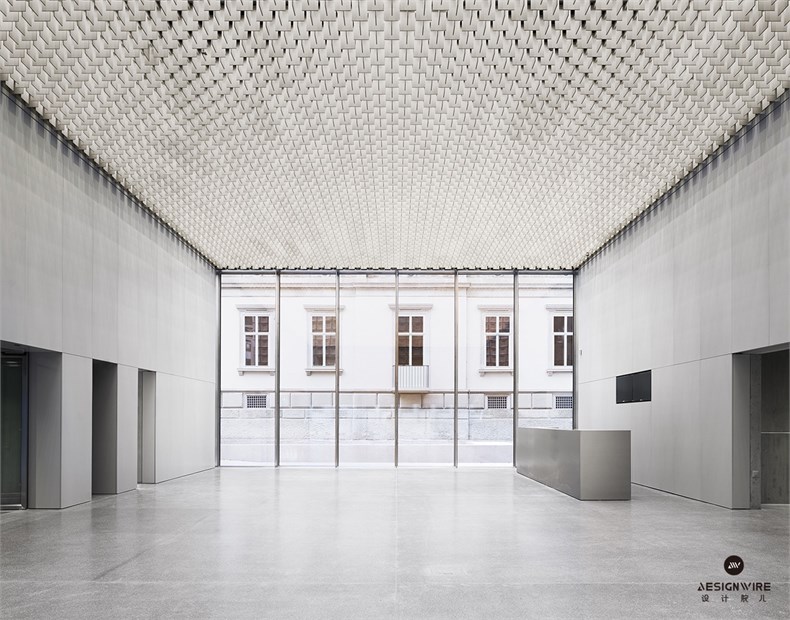
This dialogue between the new and the old buildings is based upon the equilibrium that existsbetween their classical structures, a clear reference to the Palladian in uence in Villa Planta,and to its ornamentation. As for their spatial organization, both buildings present a central symmetrical plan and both use geometry as a tool for cohesion. In the extension, this classicalcon guration also makes it possible to simplify the structural system and to organize the exhi- bition halls on the lower levels.
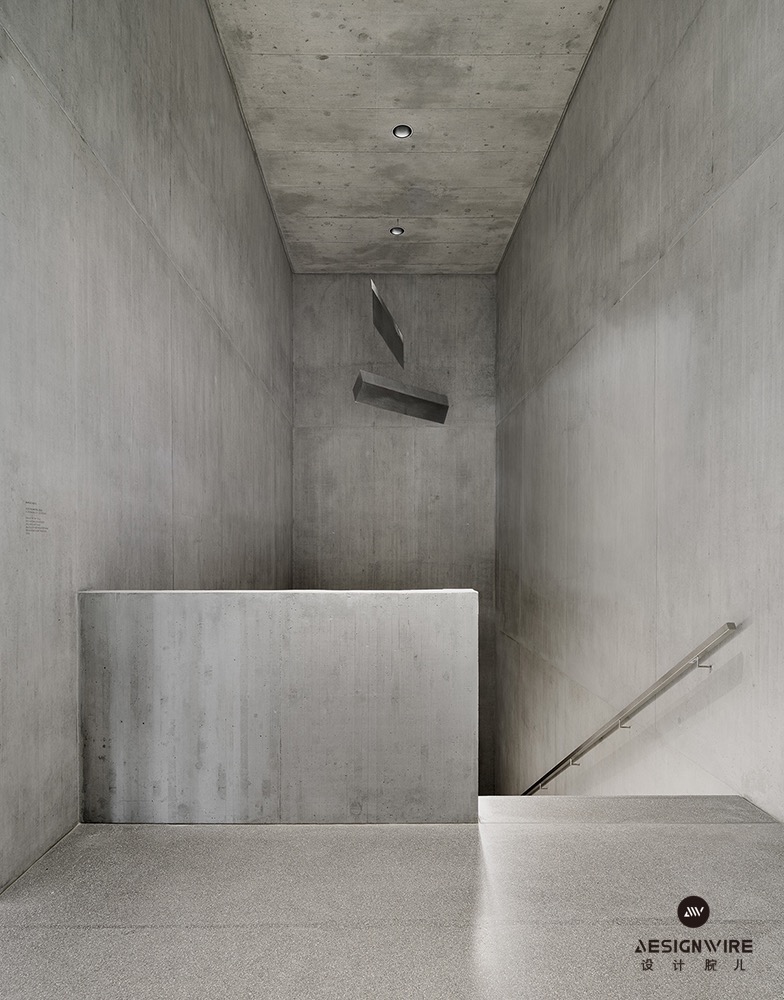
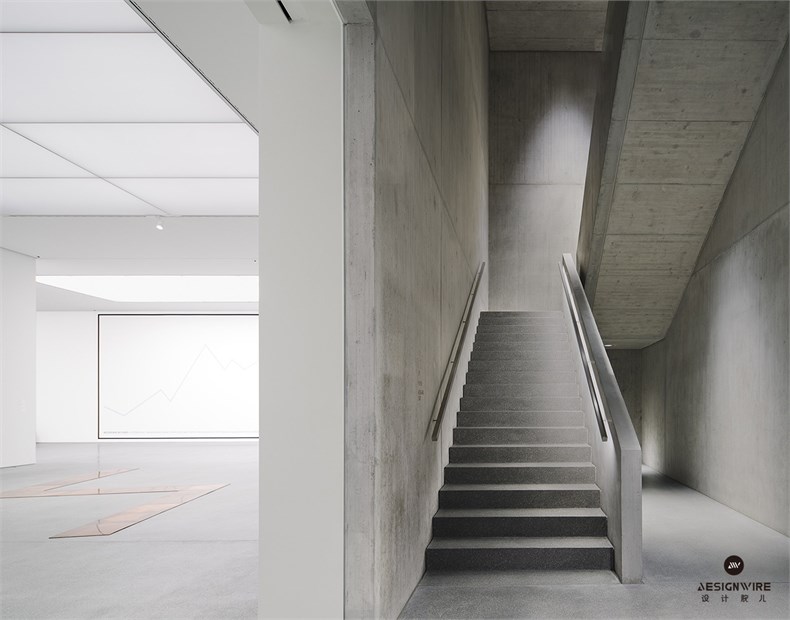
As for the ornamentation system, the Villa Planta’s ornaments speak of the Oriental in uencesof its origins, while in the extension, the compositional system of the facades reinforces its expressivity and autonomy with respect to the Villa. Each building displays its own identity, based on common principles (structure and ornament), to reinforce the idea of a whole.
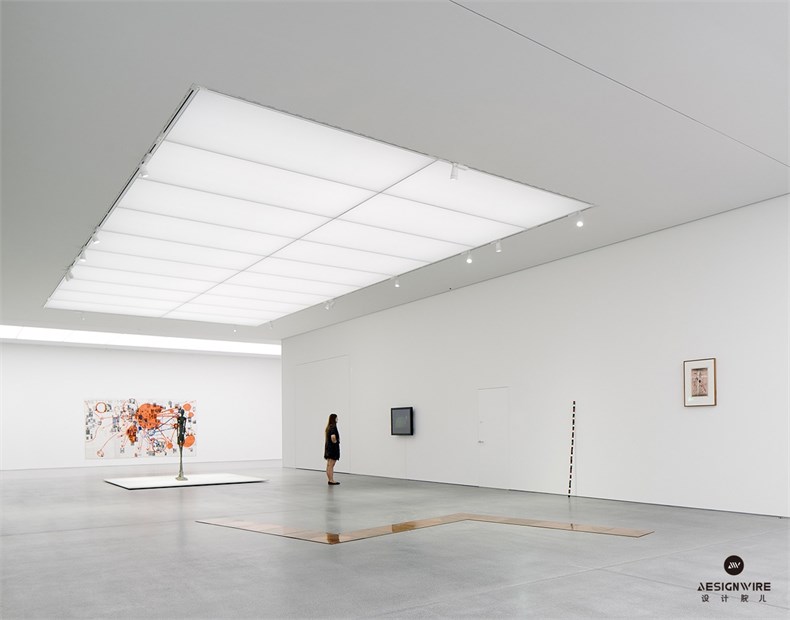
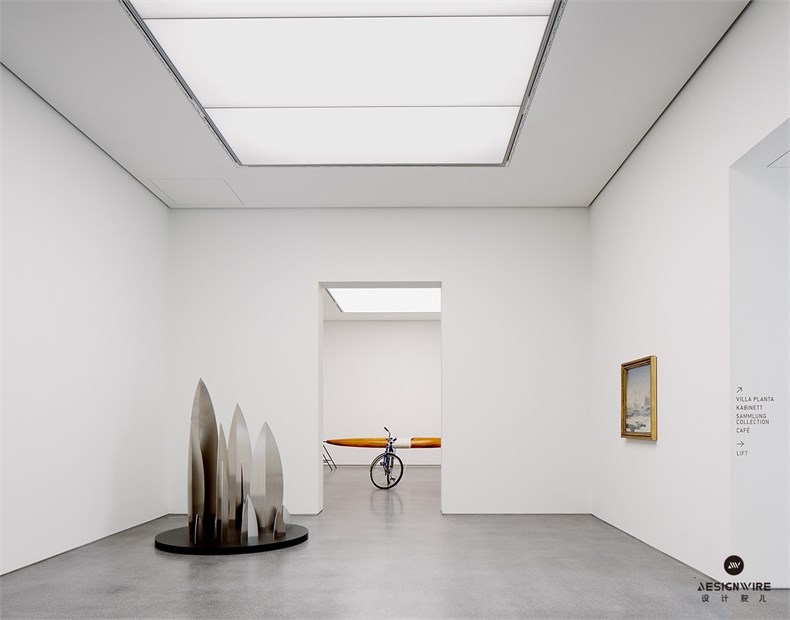
The process of the purging of super uous elements which began with the designs for Piloñaand Lausanne reaches a point of maturity in the Bündner Museum. Here, the design strips away everything that is not structure, construction and programmatic division, all united in a single whole.
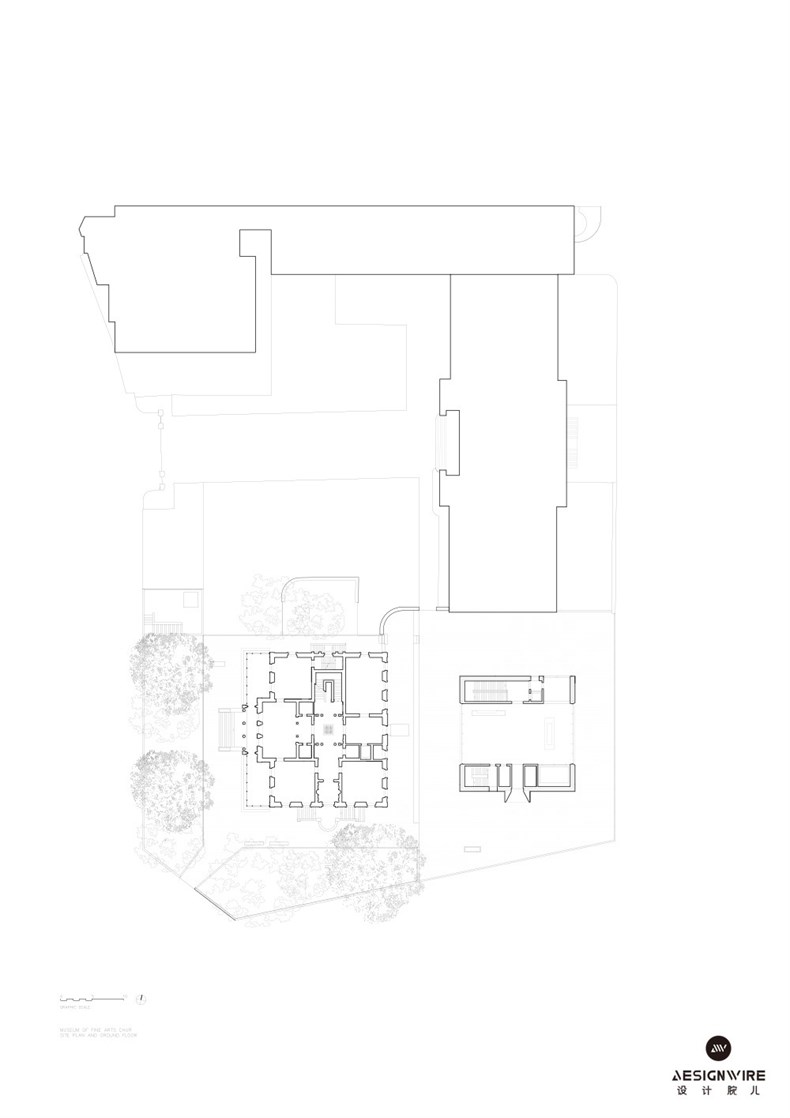
平面图/Floor Plan
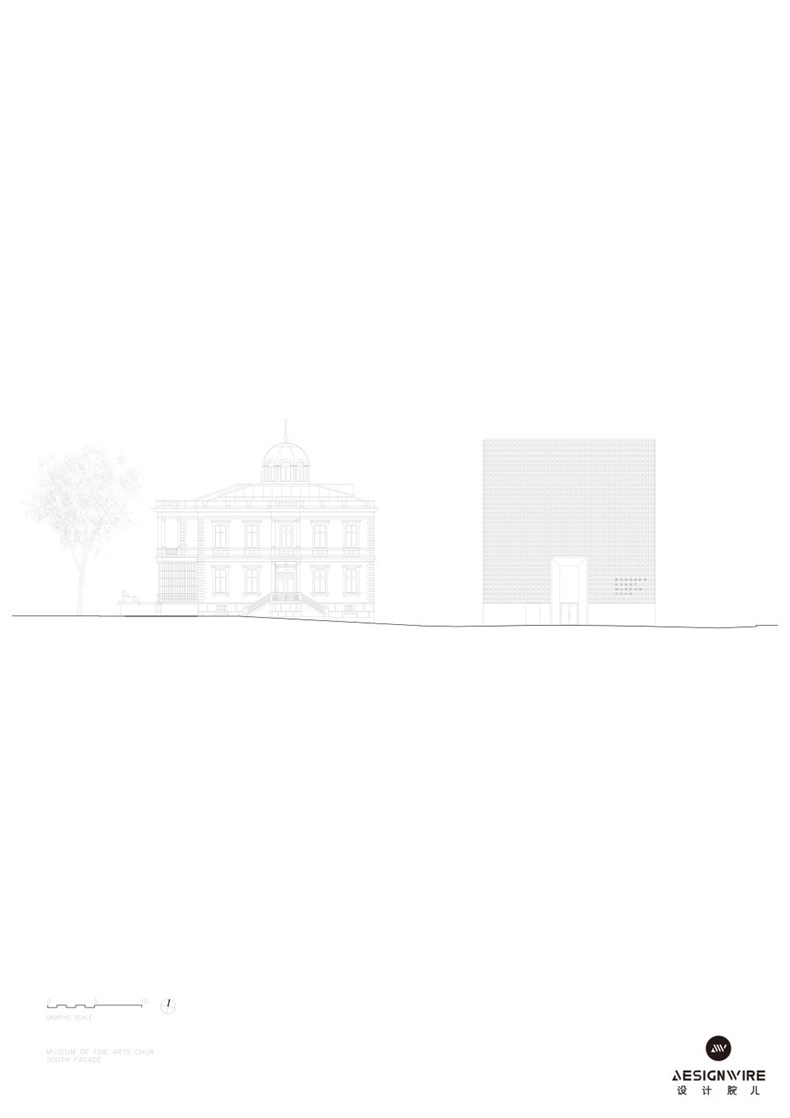
正立面/Elevation
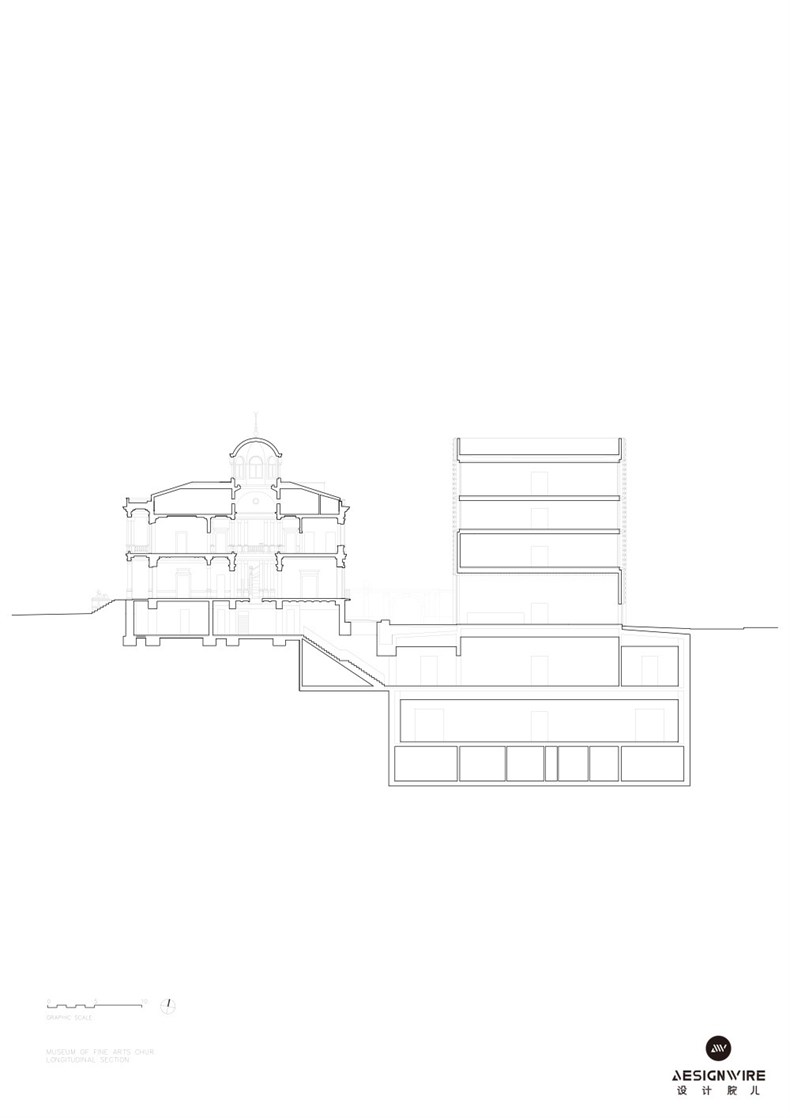
剖面图/Section
项目名:
BKM - BÜNDNER KUNSTMUSEUM CHUR
项目地:
Chur, Switzerland
客户:
Hochbauamt Kanton Graubünden
设计师:
BAROZZI / VEIGA
Fabrizio Barozzi , Alberto Veiga
项目总负责人:
Katrin Baumgarten
项目团队:
Paola Calcavecchia, Shin Hye Kwang, Maria Eleonora Maccari, Anna Mallen,
Verena Recla, Laura Rodriguez, Ivanna Sanjuan, Arnau Sastre, Cecilia Vielba
当地对接设计师:
Schwander & Sutter Architekten
项目经理:
Walter Dietsche Baumanagement AG
景观设计:
Paolo Bürgi Landschaftsarchitekt
结构工程:
Ingenieurbüro Flütsch
服务工程:
Waldhauser Haustechnik AG Brüniger + Co. AG Niedermann Planung GmbH
立面咨询师:
x-made SLP
灯光咨询师:
MichaelJosefHeusi GmbH
美术馆专家:
BOGNER.CC - die museumsplaner
建筑物理性能:Kuster + Partner AG
安全咨询师:Mullis+Cavegn AG
防火保护咨询师:
Balzer Ingenieure AG
AFC - Air Flow Consulting AG
门窗咨询师:Brütsch Elektronik AG
签收:
Weiersmüller Bosshard Grüninger WBG | AG
总设计面积:4,000 m2
完工:2016年
Edit by Designwire
